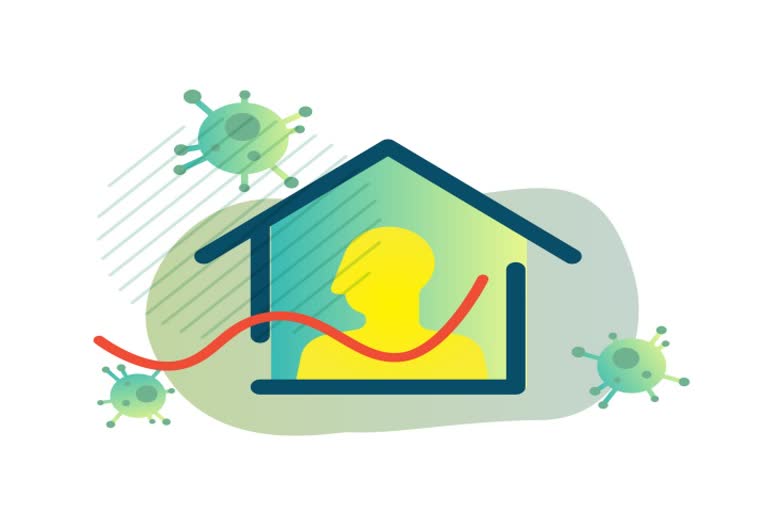The basic fact in the fight against the spread of COVID is to stop human-to-human contact so that the deadly chain of transmission can be broken, thus providing a super-burdened healthcare system a fresh breeze of life and take care of existing patients gasping for oxygen.
"Usually, cases are reported less on Monday following the weekend lockdown. Lockdown definitely helps in flattening the curve as we saw during the lockdowns in 2020," said Dr. Neha Gupta, Infectious Diseases Specialist at Medanta-The Medicity, Gurgaon.
India reported 3,68,147 fresh cases and 3,417 fatalities in the last 24 hours, according to the data provided by the Union Ministry of Health and Family Welfare.
To break the chain of coronavirus transmission in the state, the Haryana government has announced a week-long lockdown, starting Monday. Delhi has already extended the lockdown for one more week.
With Bihar reeling under the second wave of COVID-19, leaders have asked Chief Minister Nitish Kumar to impose a 15-day complete lockdown across the state.
According to Dr. Harshal R Salve, Associate Professor at Centre for Community Medicine, AIIMS New Delhi, clear messaging and risk communication are key to pandemic response.
"Banning all large gatherings, universal mask use and vaccination are only measures which help to halt the pandemic," Salve told IANS.
According to Gupta, the most important is to remember that maintaining social distancing, following hand hygiene, wearing masks and vaccination are the most important tools for prevention.
Also read: Rising Demand Of Oximeter During COVID-19 Pandemic And Its Importance
"We need to follow these guidelines for a few years at least," she stressed.
White House's chief medical adviser Anthony Fauci last week suggested a complete lockdown for a few weeks to curb transmission of the COVID-19 in India.
According to Fauci, a temporary lockdown in India is the need of the hour as it could have a significant impact on the dynamics of the outbreak.
(IANS)



